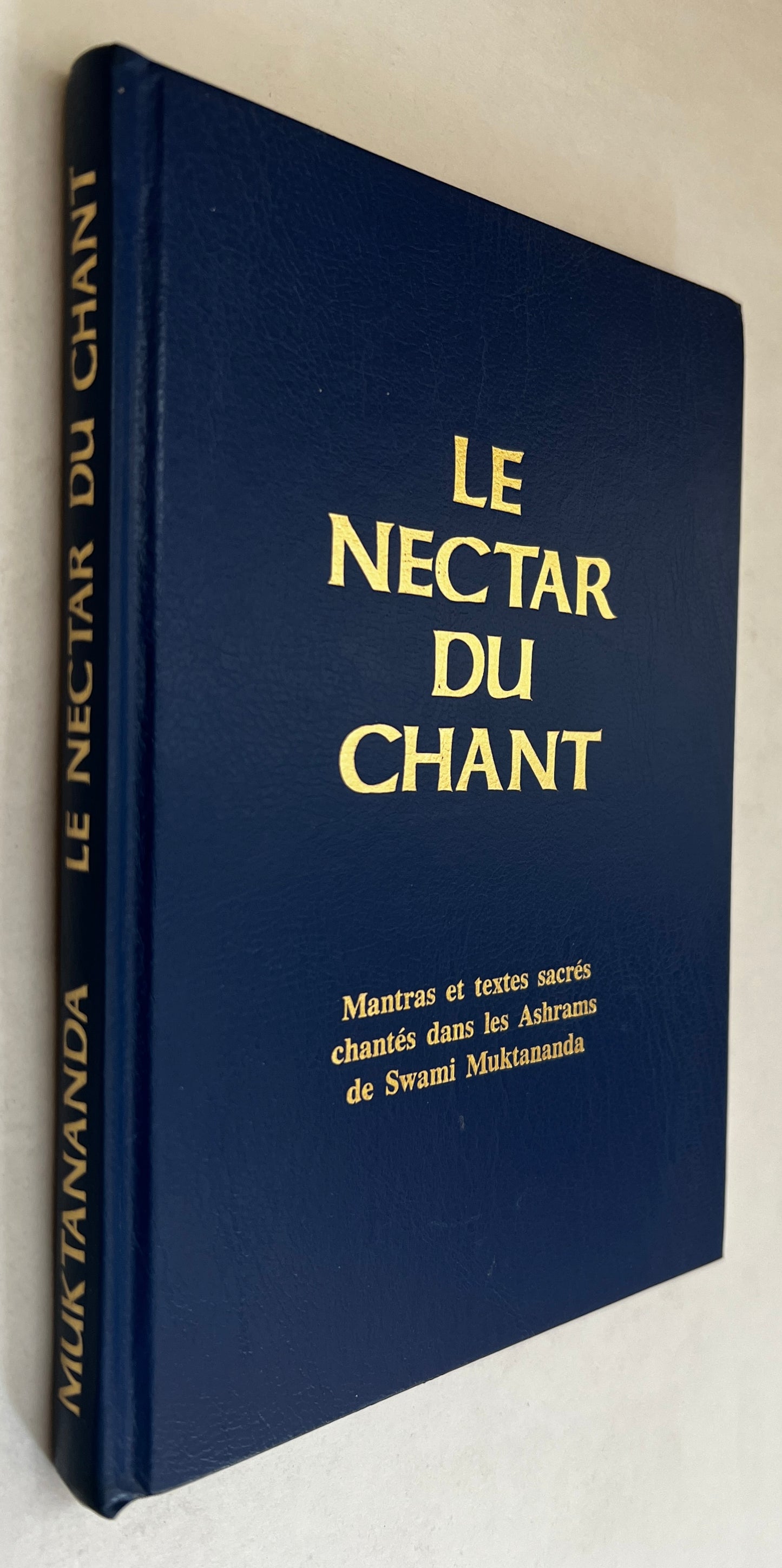(Muktananda, Swami)
Le Nectar Du Chant
Le Nectar Du Chant
受取状況を読み込めませんでした
St-Ouen (France): SYD [Suddha Yoga Dham], (1981). Octavo in blue boards; frontis; 180p, glossary, bib. Fine, no jacket (presumably as issued). Hardcover. ISBN: 2903915008
Scarce. In French, with transliteraed Sanskrit chants. ¶ "Siddha Yoga is a spiritual path founded by Swami Muktananda (1908–1982). The teachings of Siddha Yoga are rooted in the ancient philosophical and spiritual traditions of India, and the path is dedicated to the attainment of self-realization and the recognition of the inner Self in everyone. The term "Siddha Yoga" comes from the Sanskrit words "Siddha," meaning "perfect" or "accomplished," and "Yoga," which means "union." Thus, Siddha Yoga can be interpreted as "the path of perfection" or "the path of union." The practices of Siddha Yoga include meditation, chanting, selfless service (seva), and the cultivation of virtues such as love, kindness, and compassion. A central aspect of Siddha Yoga is the awakening of the Kundalini energy, a spiritual energy described as residing at the base of the spine. This awakening is often initiated by a process called shaktipat, a transmission of spiritual energy from the guru to the disciple. ... Muktananda was a significant figure in the lineage of the Siddha Gurus of the Inchegeri Sampradaya, a lineage of teachers from the Navnath Sampradaya and Lingayat Shaivism. Born as Krishna Rai in the village of Dharmasthala in Karnataka, India, Muktananda became a disciple of Bhagavan Nityananda, a revered guru, and underwent intense spiritual practices under his guidance. He attained self-realization in 1947, after which Nityananda acknowledged him as his spiritual successor. Muktananda's teachings emphasize self-realization through Kundalini awakening, a process of spiritual awakening often described in terms of a dormant energy at the base of the spine rising through the body's energy centers or chakras. He taught meditation, chanting, service, and devotion as paths to self-realization. Bhagavan Nityananda, Muktananda's guru, loived from 1897–1961; he was a revered Indian guru and spiritual teacher, often associated with the tradition of Advaita Vedanta, a school of Hindu philosophy that emphasizes non-dualism. He is considered a significant figure in the lineage of the Siddha Gurus of the Inchegeri Sampradaya, a lineage of teachers from the Navnath Sampradaya and Lingayat Shaivism.Nityananda was born in Kerala, India, and his early life is shrouded in mystery. He spent many years wandering and practicing spiritual disciplines before settling in the village of Ganeshpuri, Maharashtra, where he became known for his spiritual teachings and healing abilities. Nityananda did not leave behind any written teachings. His teachings were often cryptic and paradoxical, aiming to shake his disciples out of their usual ways of thinking and perceiving. He emphasized the importance of self-realization and the recognition of the divine presence within oneself. Nityananda's ashram in Ganeshpuri continues to be a place of pilgrimage for his followers. His teachings have also been carried forward by his disciples, most notably Swami Muktananda, who founded the Siddha Yoga path." — Bing / / Siddha Yoga; Bhagavan Nityananda; Swami Muktananda.
共有


